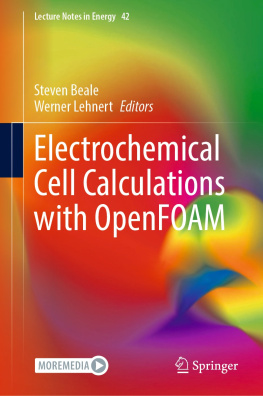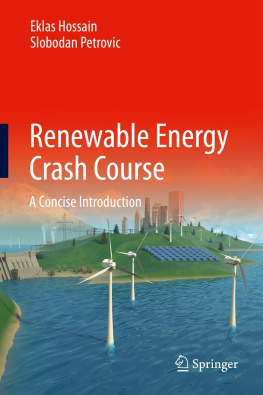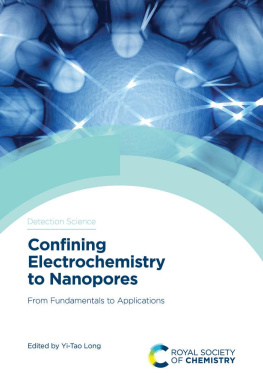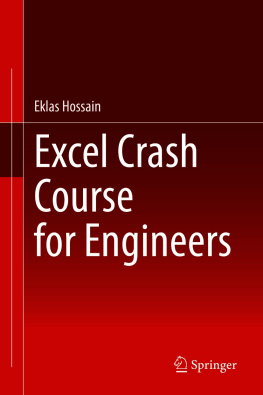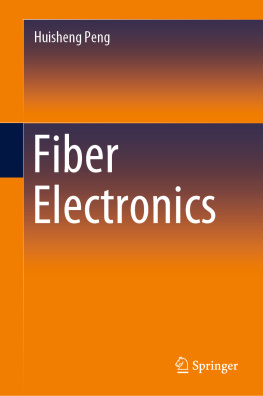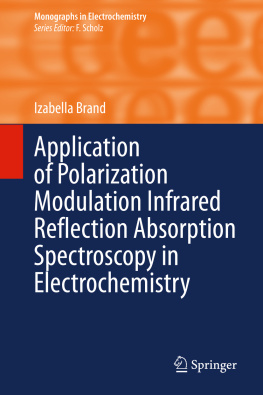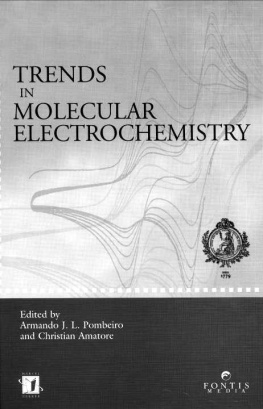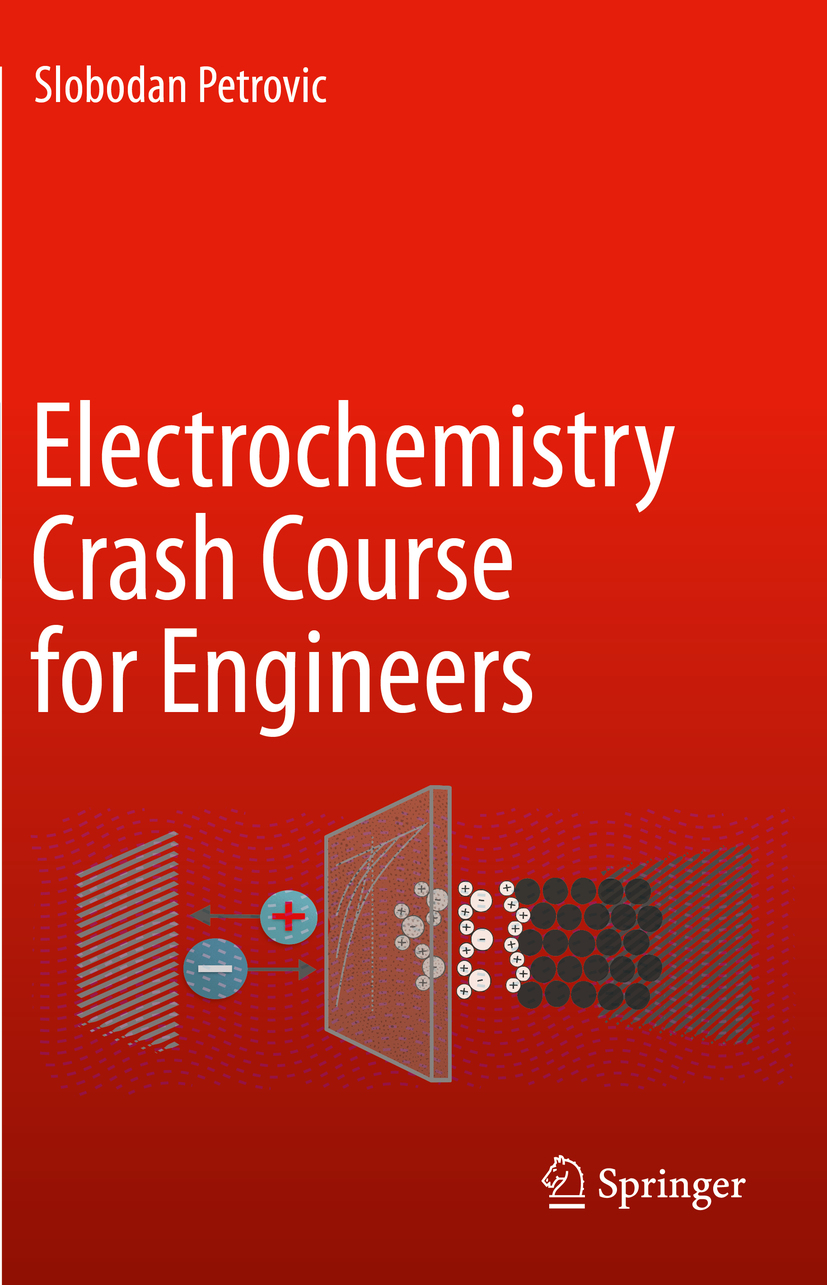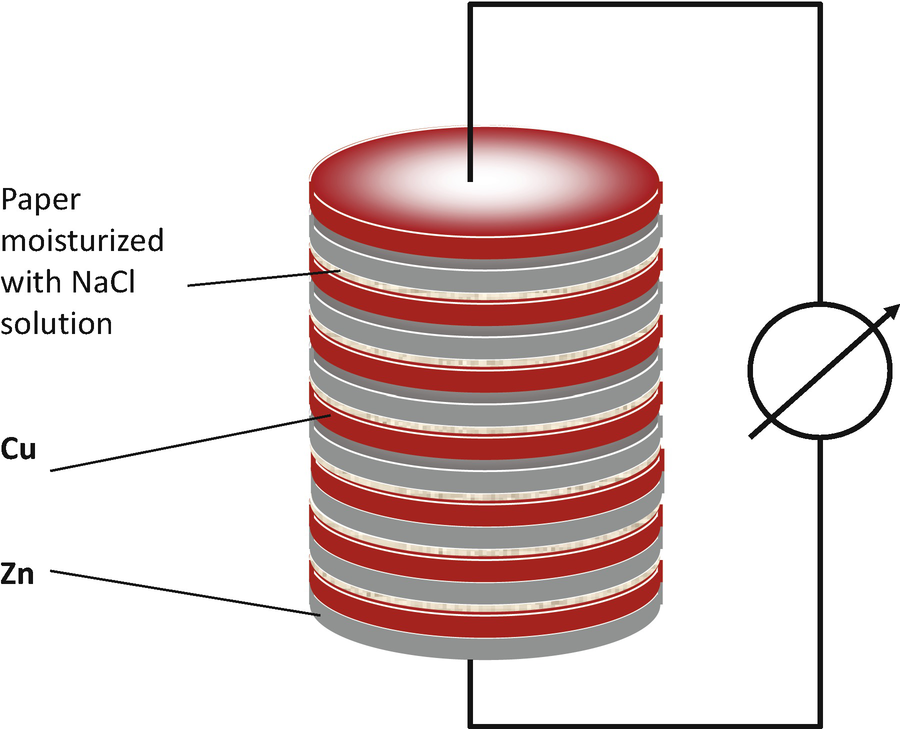Slobodan Petrovic
Oregon Institute of Technology, Happy Valley, OR, USA
ISBN 978-3-030-61561-1 e-ISBN 978-3-030-61562-8
https://doi.org/10.1007/978-3-030-61562-8
The Editor(s) (if applicable) and The Author(s), under exclusive license to Springer Nature Switzerland AG 2021
This work is subject to copyright. All rights are solely and exclusively licensed by the Publisher, whether the whole or part of the material is concerned, specifically the rights of translation, reprinting, reuse of illustrations, recitation, broadcasting, reproduction on microfilms or in any other physical way, and transmission or information storage and retrieval, electronic adaptation, computer software, or by similar or dissimilar methodology now known or hereafter developed.
The use of general descriptive names, registered names, trademarks, service marks, etc. in this publication does not imply, even in the absence of a specific statement, that such names are exempt from the relevant protective laws and regulations and therefore free for general use.
The publisher, the authors and the editors are safe to assume that the advice and information in this book are believed to be true and accurate at the date of publication. Neither the publisher nor the authors or the editors give a warranty, expressed or implied, with respect to the material contained herein or for any errors or omissions that may have been made. The publisher remains neutral with regard to jurisdictional claims in published maps and institutional affiliations.
Cover Illustration credit: Kevin Hudson
This Springer imprint is published by the registered company Springer Nature Switzerland AG
The registered company address is: Gewerbestrasse 11, 6330 Cham, Switzerland
Preface
The field of renewable energy is extremely diverse and multidisciplinary. The individual renewable energy technologies are enabled by many other technologies and areas of science. One of the most critical enabling areas is electrochemistry, the interfacial science that studies the intersection between chemistry and electricity. Knowledge of electrochemistry is necessary to understand and design energy storage systems, batteries, fuel cells, electrochemical supercapacitors, and hydrogen technologies. Electrochemical principles are also important for understanding mechanisms in solar photovoltaic devices. Additionally, corrosion and electrochemical sensing control systems play an important role in all aspects of integrated system design.
Electrochemistry is one of the most important sciences in our present-day economy. It provides a basis for significant processes such as those in primary and secondary batteries and fuel cells; the production of chlorine and caustic soda; electrowinning of metals, electroplating, electromachining; the study and prevention of corrosion; and numerous types of sensors and electroanalysis. In the USA, the electrochemical technologies contribute with 1.6% of all manufacturing and comprise roughly one third of the entire chemical industry. This makes electrochemistry a very significant area of science intersecting with technology!
The goal of this book is to provide the theoretical foundation and to teach the principles of electrochemistry, but it will ultimately present the behavior of electrochemical systems from a practical point of view. The approach will, therefore, not involve details of the microscopic phenomena nor derivations of critical laws and formulas. Instead, the focus will be to provide skills to evaluate and design electrochemical systems and to test the behavior of electrodes to be used in those systems.
The fundamental areas covered are basic electrode behavior, thermodynamics, electrode kinetics, and transport phenomena. An attempt is made to explain these concepts and illuminate them sufficiently for the subsequent determination of the behavior of electrochemical systems. In the second part of the book, practical electrochemical systems will be evaluated: industrial electrolytic processes, galvanic cells, analytic applications, and corrosion.
The fascination with electrochemical systems is in the complexity of phenomena that influence them and the exhilaration of mastering one of the most difficult fields of study in all of science.
This book is intended for renewable energy engineering students, but it can provide an introduction into electrochemistry for students from other disciplines as well. A background in calculus and the completion of a second-year college chemistry course with a lab component is expected.
Slobodan Petrovic
Happy Valley, OR


